It is almost exactly 20 years since Jerry Alexander purchased his first commercial property in Fife – a decision that changed his life.
Two decades later, the Kinross man is one of Scotland’s most high-profile names in the sector, with a multi-million-pound portfolio, a podcast and networking group.
He’s survived the financial crash and Covid and is at the forefront of a movement towards serviced offices.
His portfolio, which is spread across Tayside and Fife, includes the Flour Mill building in Dundee, the County Buildings in Kinross and the former tax office in Glenrothes.
Jerry, 52, reveals how he got started, the financial returns that can be made in commercial property and his future ambitions.
Early business ventures and property investment
Born in Inverness, Jerry lived in Aviemore for most of his childhood before doing a degree in building engineering and management in Edinburgh.
Reading classic personal finance book Rich Dad, Poor Dad by Robert Kiyosaki made him realise he needed to develop sales skills.
He started working for a company selling roofing products – but then thought he could do a better job going solo.
“I was around 28 and flew over to Canada, where the supplier was, on my own volition,” he said.
“I managed to convince them to start supplying me if I set up my own business rather than my employer. My employer agreed to buy the product from me.
“That business, which is still running, allowed me to leave work and start doing property.”
Jerry’s first property venture was building a house in Shetland in partnership with a builder, which he describes as a “steep learning curve”.
Meanwhile, he started building a small buy-to-let residential property portfolio in west Fife.
Why Jerry Alexander moved into commercial property
But by 2004, when he was aged 32, he was already starting to get frustrated with residential property investments.
“I’d bought around six buy-to-lets and I was thinking ‘how do I find a bigger deal here, how do I find scale?,” he said.
This led to him exploring commercial property and the purchase of his first office building, the Dalgety Bay Business Centre, in 2004.
It didn’t take long for Jerry to understand the potential of adding value to commercial properties.
Comparing the investments, he said: “With residential, a lot of the time you are waiting for the market to go up. With commercial it’s different. Your valuation is strongly dependent on the income from the building and that you can influence.
“The Dalgety Bay building was 10,000 sq ft with around 30 different spaces.
“When someone moved out, I’d go and refurb the room – put a new ceiling in, paint it, new carpets – and then increase the rent for the next tenant.
“This went on over the course of a few years. It meant the cash flow was better, but I didn’t really understand that I was also greatly increasing the value.
“That was until I found another building and the bank wanted to get my existing one revalued.
“I couldn’t believe the figure – it had almost tripled from the price I’d paid for.
“The penny dropped and I thought ‘I can do this full-time’. I stepped back from my other business and focussed on commercial property from 2009.”
Developing the strategy
This was also the start of Jerry developing his commercial property strategy, which emphasises multi-let buildings with shared facilities.
Most commercial leases are just for the building, with tenants taking care of improvements and maintenance.
In multi-tenant buildings, run by Jerry’s company Liberty Space, he takes care of everything from heating and electricity, to upkeep of communal areas and cleaning.
The convenience and flexibility for tenants means they are prepared to pay higher rents.
“In my business we operate the space which allows tenants to come in and plug and play – but unlike a lot of commercial, this is not a passive income.
“To most people on the outside, our business is letting workspace.
“But actually the real business is buying buildings that no longer fit for purpose, redeveloping them for modern needs, renting them out, filling them up, and then using the higher valuation of the building as leverage to buy the next one. That’s the real business.”
Boom since Covid
The Covid pandemic brought a threat as there was less demand for office space – but has proved to be an opportunity.
Companies are increasingly realising the need for high quality workspace to encourage people to come to the office instead of work from home.
He said: “There’s been a switch. People are going back to the office, but you’ve got to provide a really engaging space for them. Otherwise staff will just stay at home.
“Covid was hard because of the uncertainty. We did lose some customers, but no more than usual. The difference was we didn’t have the ability to replace them, so there was a dip.
“However, post-pandemic, our occupancy was the highest it’s been.”
Bigger the building, bigger the opportunity
Meanwhile, Jerry started a weekly podcast called Commercial Property Investor, which recently broadcast its 300th episode.
He also runs a networking group and consultancy work.
He said: “With the podcast, I wanted to build a network or a group of people that were doing commercial property that were willing to share what they’re doing and learn from each other.
“I wondered whether I would find some new projects through being out there. I also wondered whether I’d raise some finance.
“All three of these things have happened. I’m proud that every Thursday for five years an episode has come out.
“I also run a membership programme that’s about education for £125 a month and up from that is our mastermind programme which is capped at 15 businesses and is currently full.”
Jerry tends to upgrade his buildings in phases over several years. He is currently working on the largest building he’s acquired, the former tax office in Glenrothes, which is 35,000 sq ft.
The bigger building brings more potential for shared facilities.
He said: “Buildings of scale mean we can provide more services which are an incentive for customers to stay.
“If you have enough scale, you can have an internal food and beverage offering, you can have a gym, you could have a venue space. You might even have a cinema.
“You can have different things because you’ve got a critical mass but you need buildings of scale to do that. We want to focus on developing that higher end product.”
Thanks to The Flour Mill in Dundee, Jerry won a commercial property developer award at last year’s Property Investor Awards.
Jerry Alexander on future plans
He said he plans to continue to add buildings to his portfolio every two to three years.
“The other thing we’re looking at is whether we do development work on behalf of other landlords,” he said.
“But I’m aware that eventually my job is not about buying buildings, it’s about having a good team.
“As we scale it’s about being a people person, a manager leading good people, and I definitely need to get better at that.”
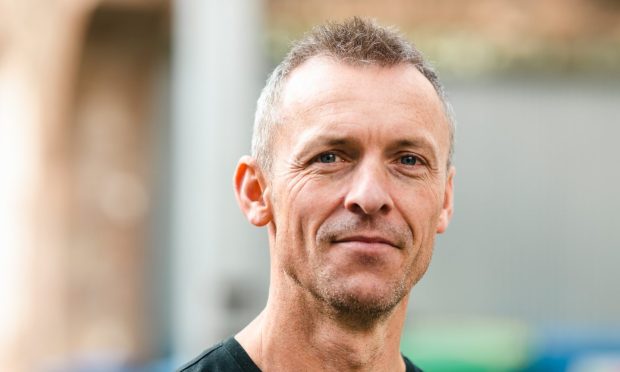
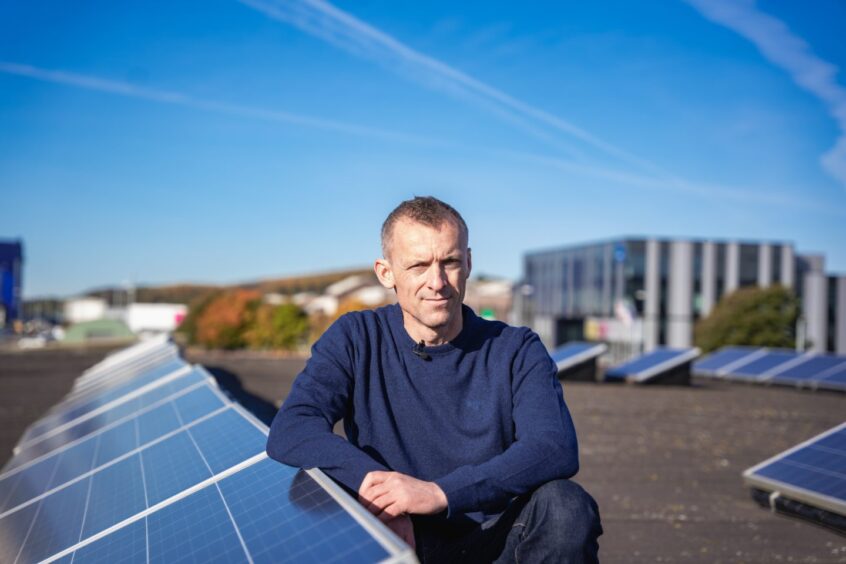
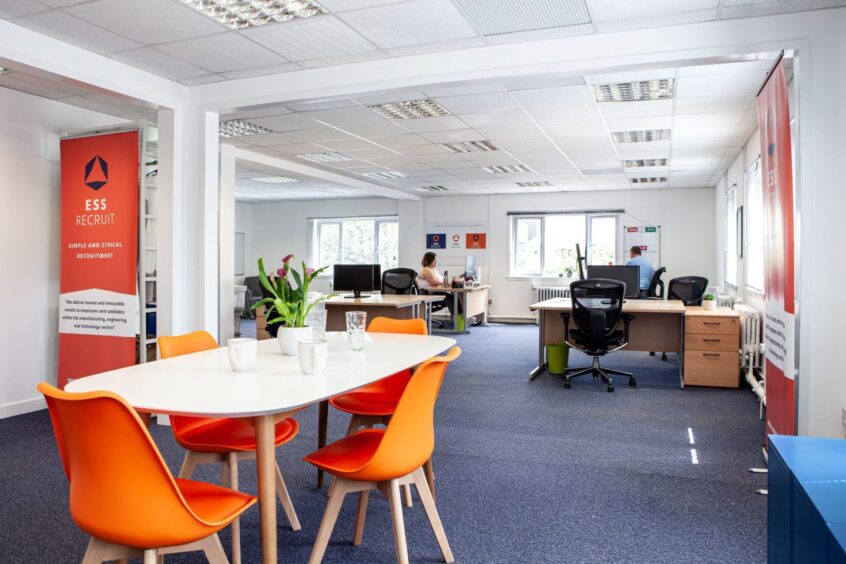
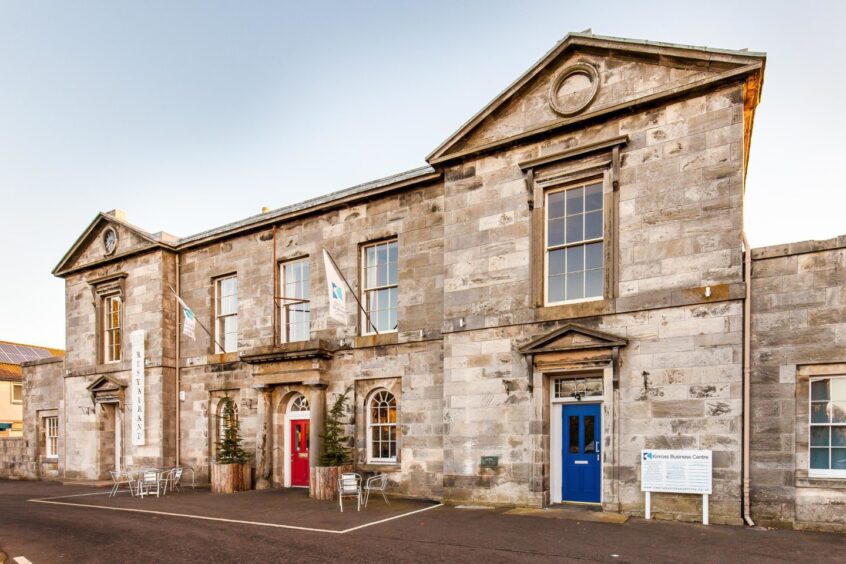
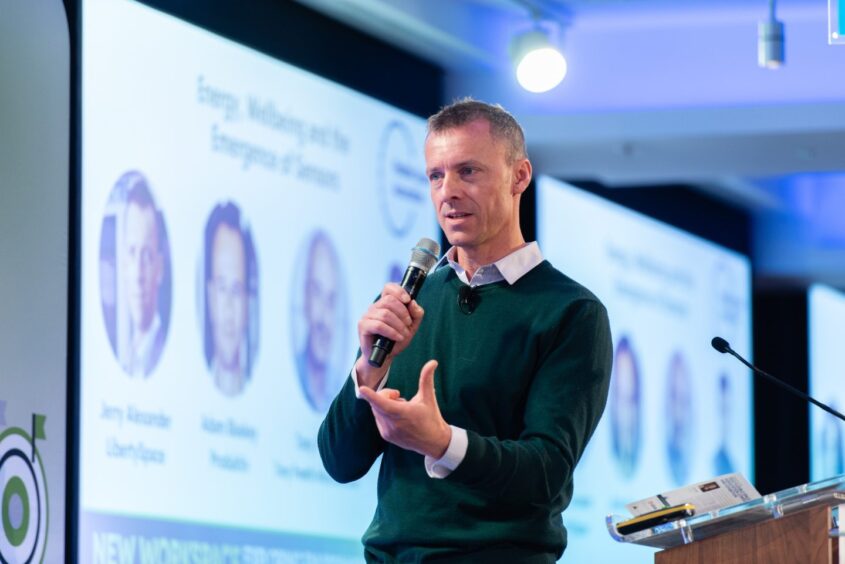
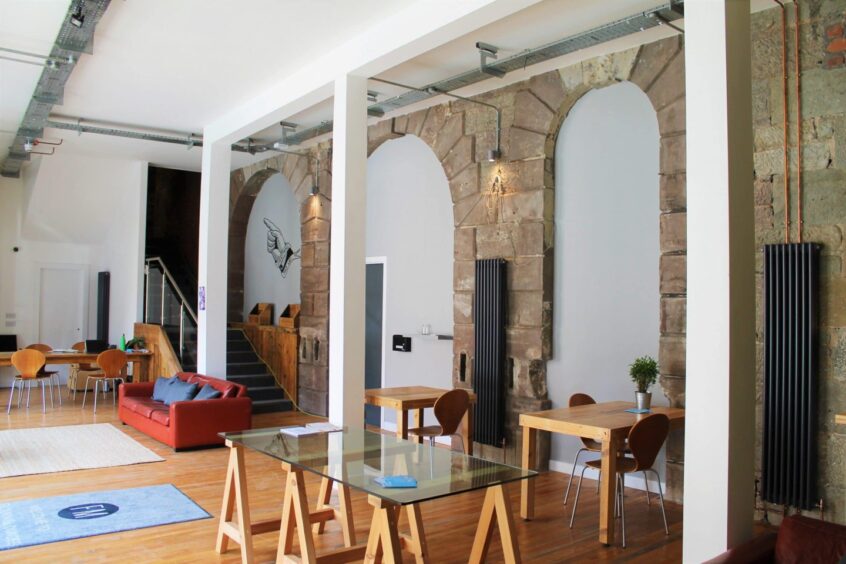
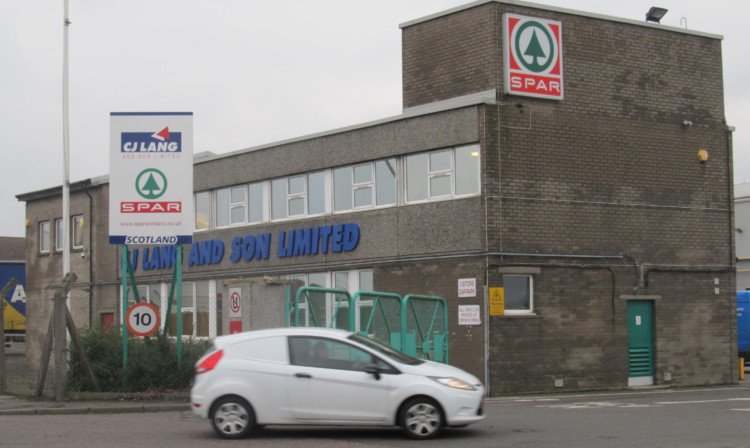
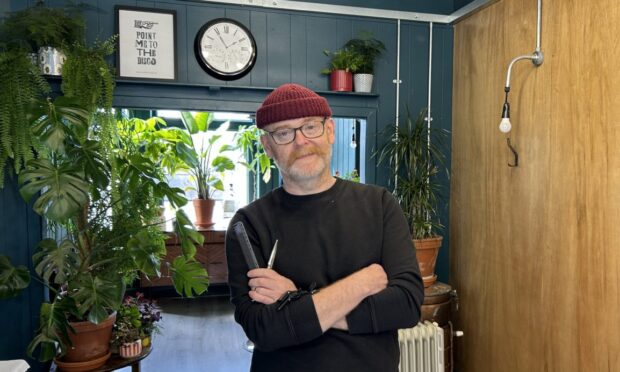
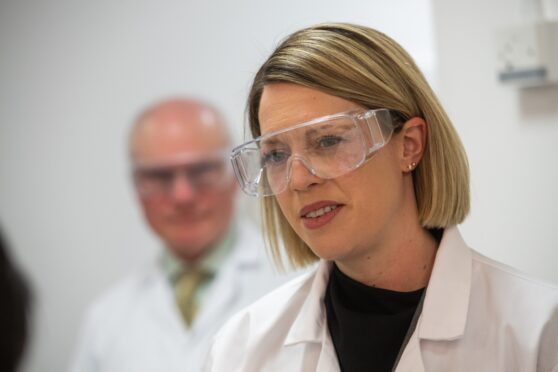
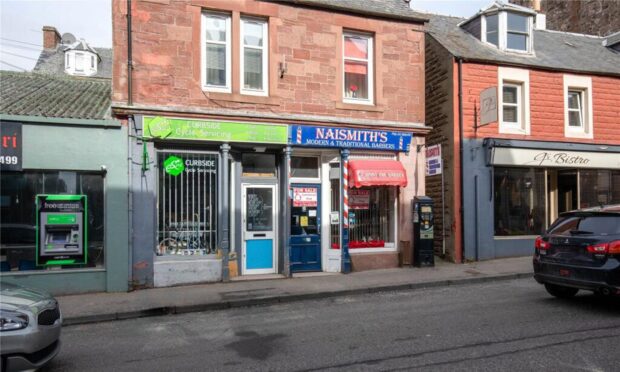
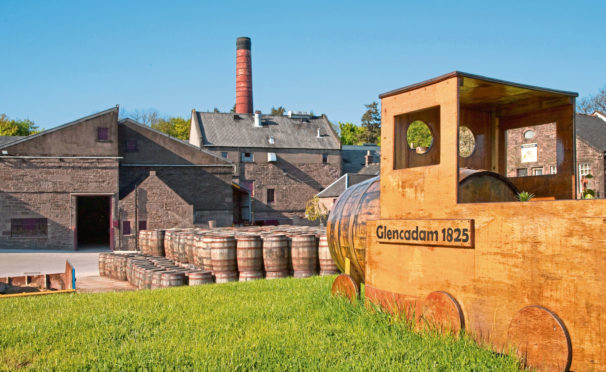
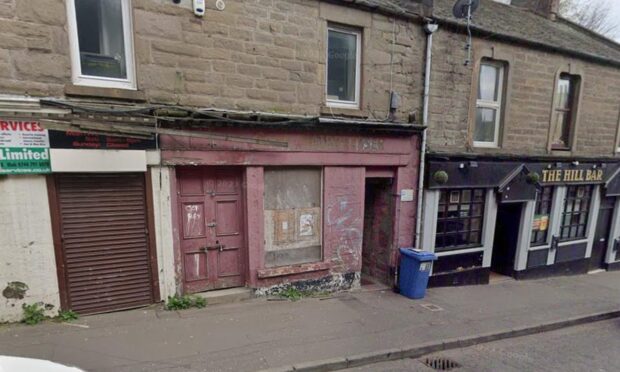
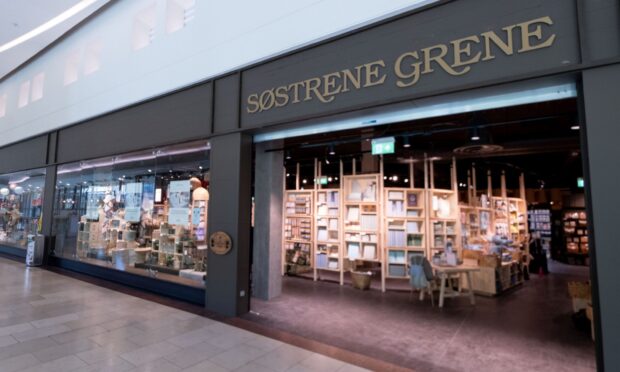
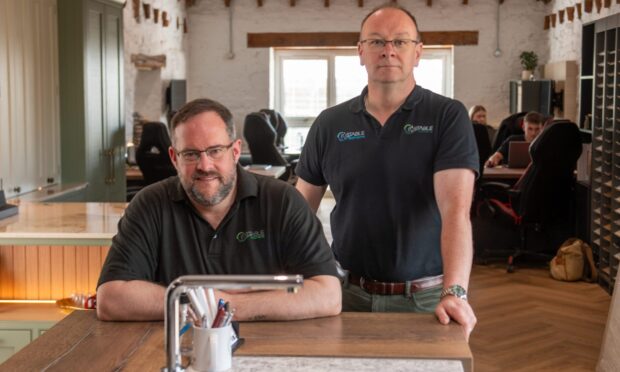
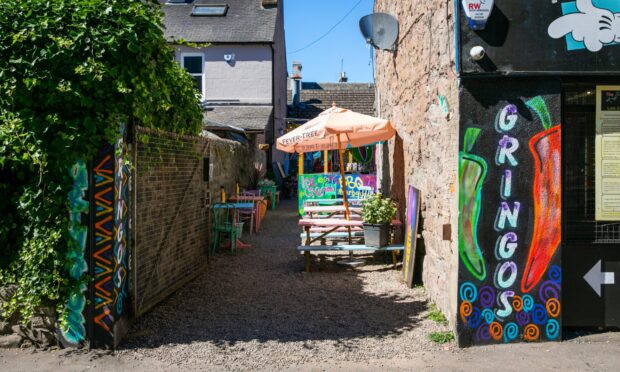
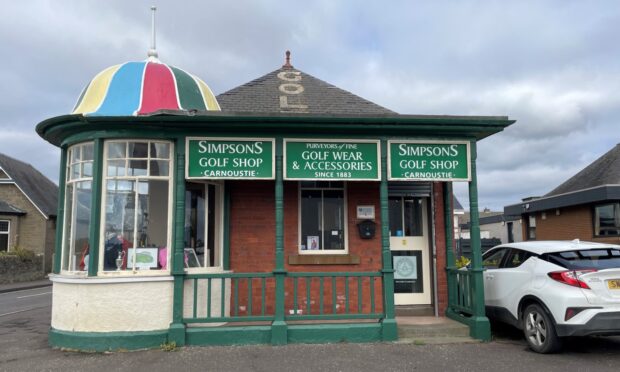
Conversation